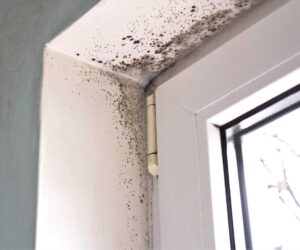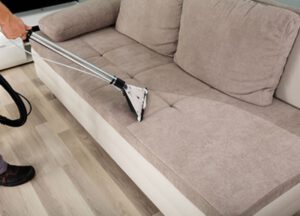If you notice a small amount of mold on your property, you may not need to hire a professional to remediate the problem. DIY-friendly mold remediation projects can cost less than $50. All you need is mold cleaner and protective gear. Larger or deeper mold problems can cost upwards of $6,000 or more. Likewise, wide surfaces often have a much higher risk of causing further damage. Fortunately, the cost of Mold Remediation is not as high as you may think.

The first sign of a mold infestation is a sudden onset of allergy symptoms. These symptoms typically disappear when you leave the property, so a mold infestation may be the culprit. Depending on the level of severity, some types of mold can be toxic to humans and pets. Even though it is impossible to determine which type of mold is responsible for your symptoms, some molds are extremely toxic and can lead to life-threatening illnesses, including neurological problems.
Professional mold cleanup services usually employ a proven method to clean up the mold. A post-remediation assessment will confirm that the remediation process was effective. The professional will then produce a passed clearance report or final status report. In general, mold will be present on surfaces and air. Mold sampling will almost always show the presence of mold. However, the test results cannot be compared to national standards. For this reason, you should always consult with an expert before hiring a mold remediation service.
Professional remediation crews arrive on site quickly to assess the extent of the mold growth. They will determine the moisture and humidity levels of the area. After the remediation process is complete, heavily damaged materials are removed or discarded, and antimicrobial agents are used to discouraging future mold growth. Often, the mold can be difficult to remove. In such a case, a professional mold remediation company can use different methods, including removing the mold and restoring its appearance.
Professional mold remediation will prevent future mold issues by fixing the source of the water. If the water isn’t completely removed, the mold will return. Once the mold remediation process is completed, the professional will isolate the area affected by mold and seal all windows and other openings. The mold remediation team will then cover any affected areas with plastic sheeting to prevent further exposure. There are many other steps during the remediation process, but the first step is to identify the extent of the mold contamination.
The next step is to contact a certified mold remediation company. Mold remediation professionals will use specialized equipment and methods to contain the mold, clean the surfaces, and disinfect the air. The process also requires the replacement of damaged materials. If water is the source of the problem, the remediation process will also include the repair of the water plumbing system, preventing new mold spores from growing. Once the remediation process has been completed, mold remediation technicians will apply biocide sprays and scrub the surfaces to remove any spores.
If you’re looking for a mold remediation company, it’s important to remember that you don’t want to do it yourself. Mold remediation requires the services of certified professionals with years of experience in removing mold. These professionals will provide you with professional advice on proper cleanup methods and help you decide which mold remediation option is best for you. For more information, check out MoldRemediation.com and get a free consultation. It’s easy to hire a remediation company online!
After hiring a mold remediation company, be sure to contact the office and ask for a quality assurance inspection. They will schedule a quality assurance inspection once the work is completed, so you can rest assured that the work was done properly. This is an important step in ensuring that the mold remediation process was effective and the underlying cause was eliminated. Taking the time to do a thorough inspection will lower your risk of re-occurrence of the mold.
